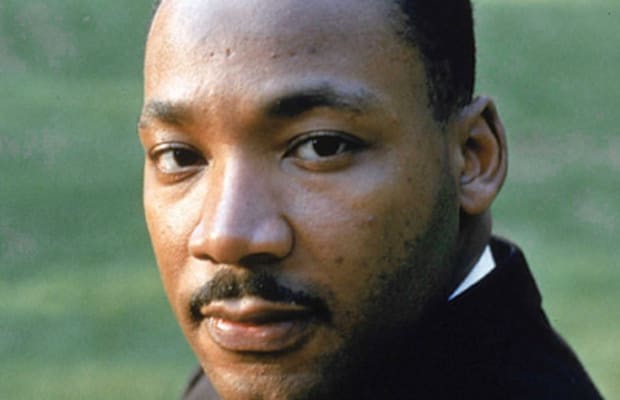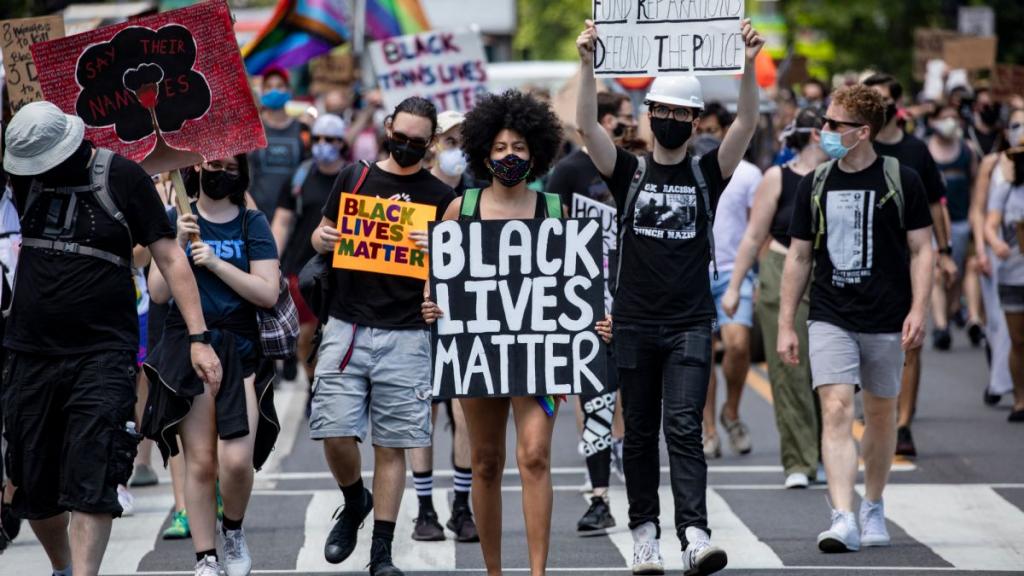One of the things that has struck various observers about the Black Lives Matter movement is it seems very different in some respects from the civil rights movement of the 60s, led my Martin Luther King Jr. For example, if one reads the manifesto of the official BLM movement on its website (see e.g. https://blacklivesmatter.com/herstory/), one learns some surprising things. The movement began, and continues not primarily to fight against racial injustice in general against non-white people, but you would not know this from a lot of the media attention given to the movement this past year. More specifically the movement was founded by 3 women who were advocates for sexual freedom and the ceasing of abuse of transgender and gay or lesbian black women. Now no Christian person should ever be in favor of either racial injustice by the police, the courts, or anyone else, or the abuse of any person regardless of their sexual preferences or orientations. None of that comports with ‘love thy neighbor as thyself’. But those causes are not the same thing as working against racial injustice or white supremacy in general, much less the same thing as the vision and social agendas of the civil rights movement of the 60s.
At this juncture it would be good to listen to Peter Gomes, in his bestselling book The Good Book who says the following about MLK and the movement he spawned. “The civil rights movement was a moral crusade, and the content of that morality was determined by a sense of biblical justice and equity before God. It is the fashion to remember Martin Luther King Jr. as the master orator and strategist of the movement, and its ultimate martyr; he was, for many the conscience of twentieth-century America. It is also part of the fashion, however, to forget that he was first and foremost a Christian minister whose thought and cadence was framed by a way of understanding God’s design for human beings. He was a Christian preacher before he was anything else. Revisionist historians who minimize this dimension of Dr. King and the movement he led diminish the movement and are incapable of seeing it whole, or of understanding its motivation or its impact.” (p. 59). He goes on to speak of contemporary movements that try to see themselves as the successors or continuers of the civil rights movement: “Social justice issues at the hands of their most articulate advocates, suffered in the communication of their values because those values seem so abstracted from any sense of [personal] sin and concerned themselves almost exclusively in the realm of rights, policy, and strategies. This secularization of virtue has long inhibited the movements in favor of women, homosexuals, and the environment. Having yielded up the notion of sin to those who claim it in opposition to all threatening change, those who are advocates for rights are seen simply as well-orchestrated lobbyists for selfish interests and special considerations, and thus are deprived of the moral high ground. They see themselves as the heirs of the civil rights movement, and wonder in frustration why they do not reap the moral capital of that movement’s success. What so many fail to understand in these comparisons with the civil rights movement is that at its origins and heart that movement was not merely political or social but fundamentally religious and moral, and in particular animated by a Christian perception of the biblical notions of sin and redemption….To be deprived of these resources is to disadvantage any significant movement for moral and social change, and that is why all marches in Washington D.C. since Dr. King’s famous address at the Lincoln Memorial tend to be pale imitations, lacking not simply the vital spark of so compelling an orator as Dr. King but the moral urgency and sense of sin and rehabilitation that turned the 1963 gathering from a protest into a sacrament.” (pp. 257-58).
This is exactly right. And what it means is that while what King and the Southern Christian Leadership folks were against, namely racial injustice including unjust treatment under the law and by law enforcement, overlaps with some of the agendas of the BLM movement, these are in fact two very different movements, and should not be equated, especially in regard to some of the sexual agendas of what the BLM manifesto says it is for, namely all sorts of sexual freedom that the Bible does not endorse. This difference struck me especially clearly when I went to the new African American museum on the Mall in D.C. and noticed the rather deliberate attempt to downplay the black church experience as part of the black story in America, something a African American Christian minister on the Board of that museum had complained about as well. Protesting about social sins with no conscience about individual and personal sins is a fundamental inconsistency. As we say in the South— that dog won’t hunt.
As Gomes also stresses in his book, no one should suggest that Christianity is the religion of whites and white supremacy, or that blacks embraced it because it was the religion of their slave masters. No, as Gomes says, they embraced it because it was the Gospel, the Good News of Jesus the Savior, who was neither white nor black, but rather a middle eastern ancient Jew come to save all persons of whatever race or gender or social status.
So, once more with vigor— every Christian should be opposed to racial injustice in any form, regardless of what race we are talking, and also opposed to any form of abuse of women, or frankly anyone. But it serves no good purpose to ignore the Christian basis of the original civil rights movement, or SOME of the very different agendas of the contemporary BLM movement. Its agendas are not simply about racial injustice, indeed they began with a rather different agenda.
Finally, one of my colleagues rightly pointed out to me that local chapters of the BLM movement have different aims and purposes than some of the things said on the national website. That’s all very well, but the national website is supposed to represent the movement as a whole, and there should at least be a disclaimer on that website that this does not characterize the purposes of all the chapters of the BLM movement.













